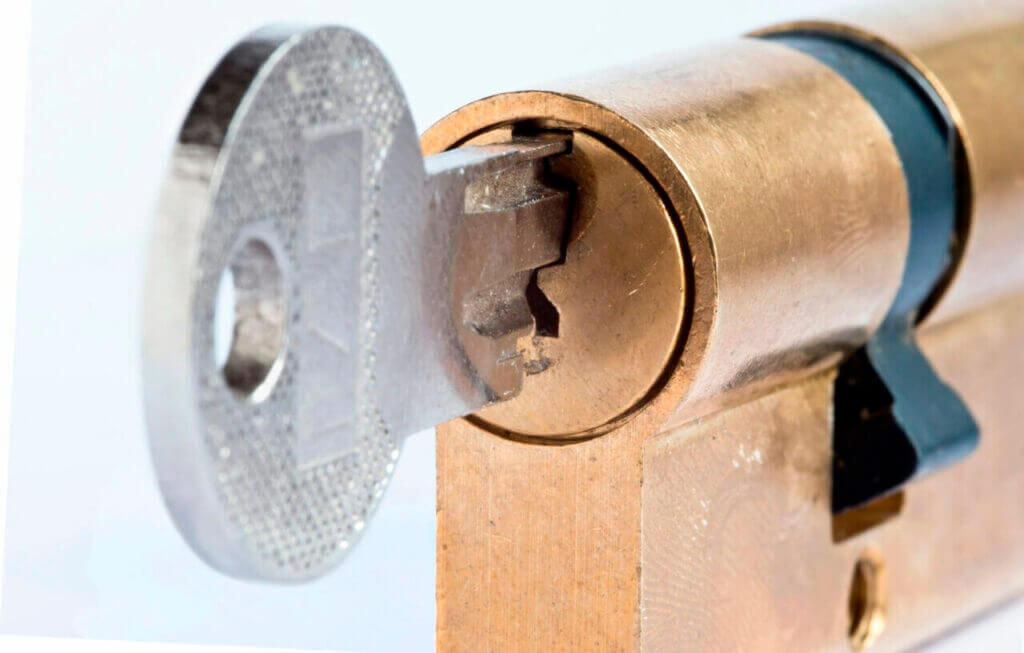Hacksaws are versatile cutting tools used for various applications, from metalwork to plumbing. With a toothed blade stretched across a frame, they offer precision and control, making them an essential tool in both professional and DIY settings. This guide explores the uses of hacksaws, maintenance tips, and their role in cutting through materials like geotextile.
What is a hacksaw and how does it work?
A hacksaw is a hand tool with a fine-toothed blade mounted on a frame. The blade is usually made from high-carbon steel or bi-metal to ensure durability. The frame provides tension to the blade, which allows it to cut through various materials. By moving the blade back and forth, users can make precise cuts in metal, plastic, and even certain types of wood.

What are the common uses of a hacksaw?
Hacksaws are commonly used for cutting metal pipes, rods, and bars, as well as plastic and wood. They are particularly useful in plumbing, metalworking, and construction tasks. For instance, when working with geotextile materials, a hacksaw can be used to trim or cut through reinforcement bars or metal components that might be used in conjunction with the geotextile.
How do you maintain a hacksaw for optimal performance?
Proper maintenance of a hacksaw involves regular cleaning and blade replacement. After each use, clean the blade to remove debris and rust. Check the blade tension regularly to ensure it is neither too loose nor too tight. If the blade becomes dull or damaged, replace it promptly to maintain cutting efficiency. Store the hacksaw in a dry place to prevent rusting and prolong its lifespan.
What are some tips for using a hacksaw effectively?
To use a hacksaw effectively, ensure you have a stable work surface and proper lighting. Mark your cut lines clearly before starting. Apply even pressure while sawing to achieve a smooth cut and prevent the blade from binding. Use the full length of the blade for longer cuts, and keep the blade perpendicular to the material to avoid angled cuts.
A hacksaw is an indispensable tool for various cutting tasks, known for its precision and versatility. From cutting metal pipes to trimming materials used in conjunction with geotextile, such as reinforcement bars, a hacksaw offers the control needed for precise work. Regular maintenance and proper use are key to ensuring the tool performs efficiently and lasts for many projects to come. Whether you’re a DIY enthusiast or a professional tradesperson, understanding how to effectively use and care for a hacksaw will enhance your overall project results.


